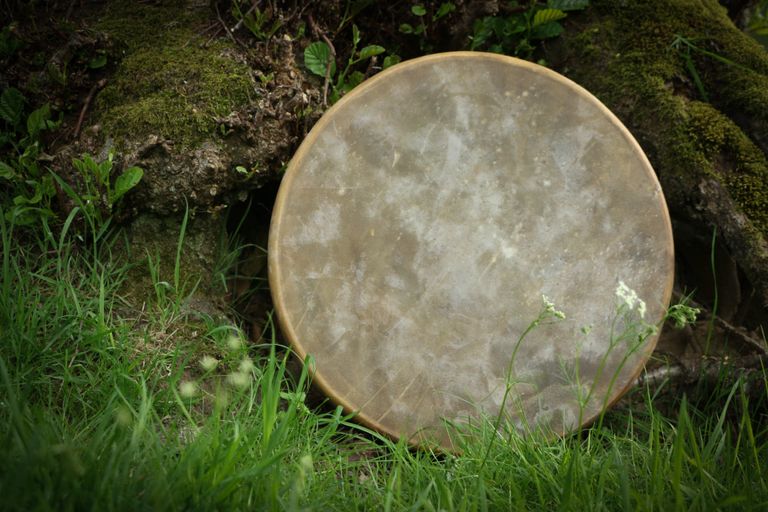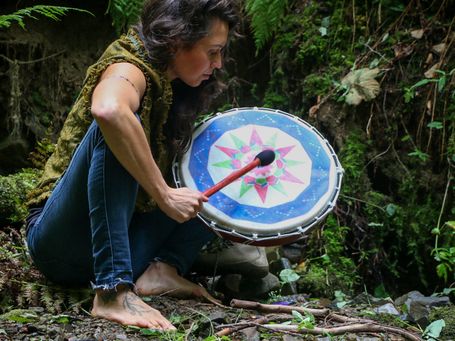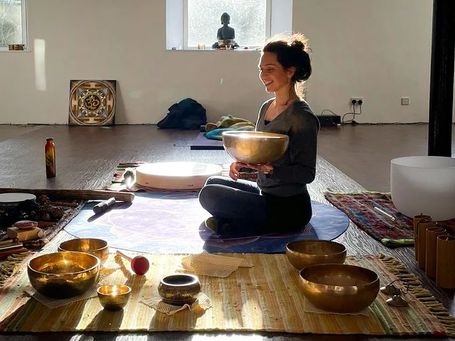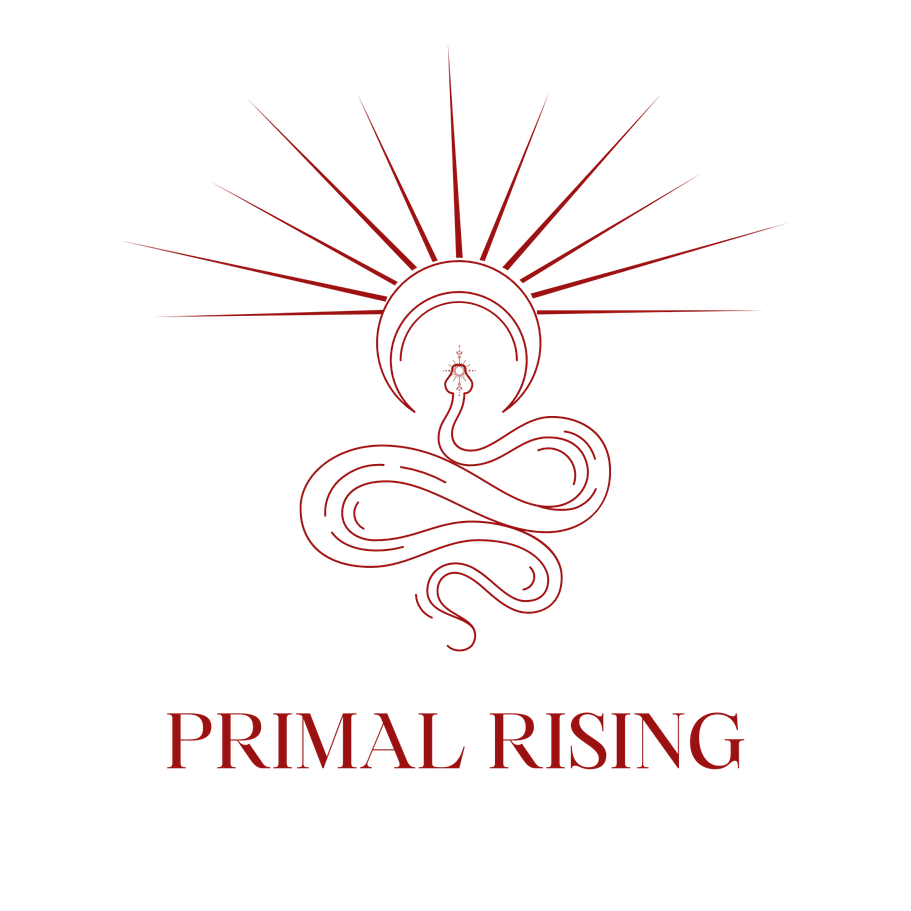SOUND HEALING
Sound Bath
Experience deep relaxation, stress relief, and emotional healing through the power of sound. Sound baths use calming vibrations and therapeutic tones to promote mental clarity, support emotional well-being, and facilitate physical healing. The healing vibrations can reduce anxiety, improve sleep, restore energy, and help you feel more centered and balanced.
"Sound Bath & Healing Sessions for Relaxation & Wellness"
"Thanks for the most beautiful sound bath last night Polly. You weave a musical tapestry of sound. I loved the earth resonating didgeridoo tones pulsating through my bones and afterwards had the most wonderful sleep. Thank you, thank you, thank you.
Blessings and ❤️️.
Sue Bremner.
Use of Sound in a Healing Context.
The History and Power of Sound Healing
Sound has been used as a tool for healing and transformation since the dawn of humanity. Across ancient cultures, sound was recognized for its ability to shift emotional states, alter consciousness, and support wellbeing. It is one of the oldest healing modalities known to humankind.
From the very beginning, humans used rhythm, voice, and vibration in rituals and ceremonies. Ancient traditions across the globe—whether through chanting, drumming, or the spoken word—tapped into sound’s ability to promote balance and harmony in the body, mind, and spirit.
Ancient Roots of Sound Therapy
The Australian Aboriginal people are among the earliest known to use sound therapeutically, playing the didgeridoo as a healing instrument for over 40,000 years. In Indian yogic and Chinese medicine traditions, specific sounds—known as “bija” mantras—have long been used in meditation and energy work to target different parts of the body.
Chanting is one of the most powerful sound healing techniques, believed to produce an opioid-like effect in the body. It can help reduce pain, quiet the mind, and support emotional release.
The Greeks also explored the connection between music and health. Pythagoras, often remembered as a mathematician, is also known as the "Father of Music." He discovered the healing properties of harmonic intervals and used them to create what he called “Soul Adjustments”—using music to promote sleep, energy, and emotional balance.
The Rise of Modern Sound Healing
In more recent history, American doctors in the late 1800s observed that music could enhance blood flow and support cognitive function. During World War II, music therapy was used to help rehabilitate soldiers returning from battle—marking the beginning of music as a recognized therapeutic tool in modern medicine.
By the 1950s, Sir Peter Guy Manners, a British osteopath, developed one of the first devices for vibrational therapy, using specific frequencies to help restore cellular health. His work paved the way for future technologies and methods that use sound waves to address a range of conditions.
Further innovations came from Dr. Alfred Tomatis and Dr. Guy Berard, pioneers in auditory integration therapy—a sound-based approach designed to improve learning difficulties, anxiety, and sensory processing challenges.
Where Science Meets Ancient Wisdom
Today, science is beginning to catch up with what our ancestors intuitively understood. Emerging studies show that sound and music can stimulate the brain’s reward centers, releasing “feel-good” chemicals like dopamine and serotonin. While research is still developing, most people can personally attest to the calming, energizing, or uplifting effects of music and sound.
Sound Healing Today
Modern sound healing combines ancient wisdom with new technology—from sound baths and tuning forks to frequency-based therapies—offering holistic support for stress, anxiety, emotional release, and physical wellbeing.
As we continue to explore the science behind sound, one truth remains: sound heals—and it always has.
Shamanic &
Sound Journey.
For my project with my training on Creative Therapeutic Sound I created three events to explore the possibility of bringing together Sound Journey/Bath & Shamanic Journey.
You can view the project and my findings by clicking on the link bellow.




